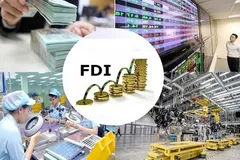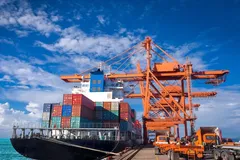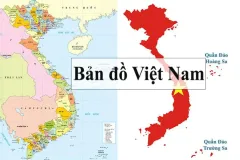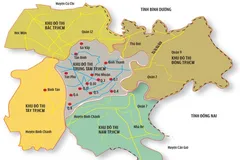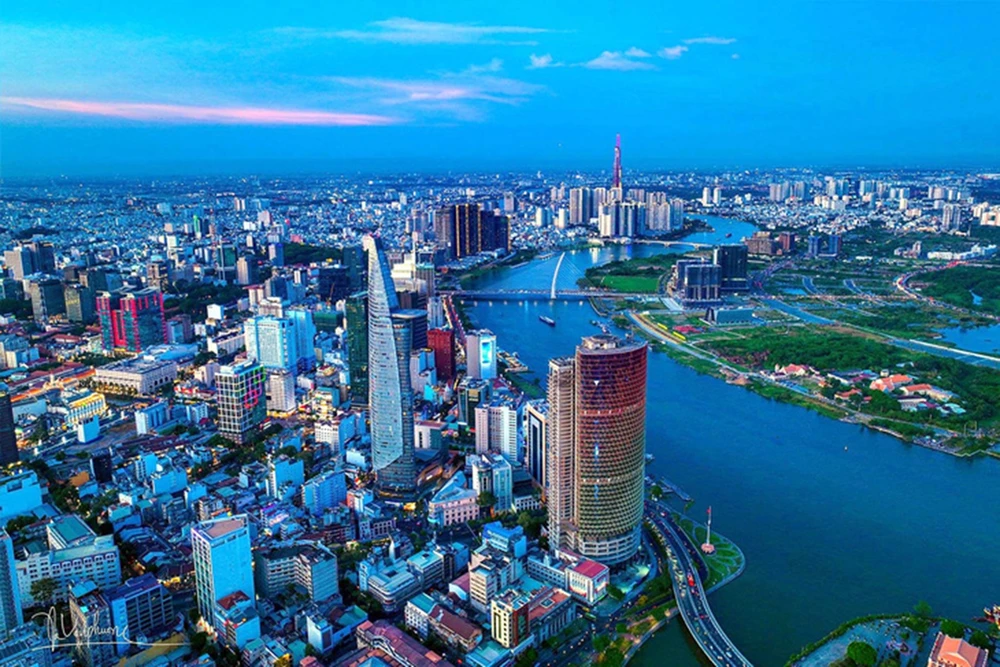
Current Position of Vietnam’s Financial Centers
According to the 37th GFCI report, released in late March, HCMC has made significant strides in its global financial center rankings, reaching 98th place out of 119 financial centers globally. This is the highest position since HCMC first entered the GFCI rankings in 2022 with a ranking of 102 and surpasses its previous position of 105 in September 2024.
More importantly, HCMC's financial center has moved beyond the category of “local specialist” markets, which includes financial centers like Malta and Lugano (Switzerland), and has joined the group of “evolving centers,” alongside international markets such as Buenos Aires (Argentina), St. Petersburg (Russia), Monaco, Rio de Janeiro (Brazil), and Nanjing (China).
It is important to note that these evolving financial centers are seen as markets with great potential, able to improve their rankings and competitiveness in the future. However, these centers primarily serve regional financial needs and focus on specific financial services, rather than offering comprehensive, global financial services like leading international financial centers in New York, London, and Shanghai.
According to the GFCI, Vietnam aims to establish a "hybrid" model for its financial centers, selectively drawing from the best practices of global financial centers while also tailoring the approach to its unique context and competitive advantages. This hybrid model is seen as a suitable approach for Vietnam’s financial sector, as it will create breakthroughs similar to those of independent financial markets by adopting special mechanisms to boost key financial sectors, as seen in Dubai. In the long term, it will support institutional development, policy experimentation, and integration with international standards, contributing to the creation of a modern, sustainable, and competitive financial ecosystem both regionally and globally.
To build this hybrid model, based on GFCI analysis and the experiences of established financial centers, Vietnam has two primary development strategies. The first is the specialization strategy, which focuses on creating financial centers in HCMC or Da Nang with regional or global specialization. This could resemble markets like Tel Aviv and Mumbai (regional level) or Dubai, Hong Kong, and Luxembourg (global level). This strategy would require significant investment in specific financial sectors such as asset management, financial technology (FinTech), and green finance.
The second is the diversification strategy, which involves upgrading and expanding financial markets to offer comprehensive financial services, including banking, insurance, and capital markets, similar to centers like Lisbon, Atlanta, and Helsinki. Once these markets are well-established, they could compete with regional hubs like Bangkok, Madrid, and Stockholm.
Roadmap and Recommendations
Regarding the roadmap, financial centers in Vietnam could evolve in two phases: regional and international. At the regional level, there is a clear opportunity to attract companies leaving China to neighboring countries, who seek access to both domestic and international capital. By focusing on sourcing capital for developing economies in Southeast Asia (including Indonesia and Bangladesh), Vietnam can eventually expand to a global scale, becoming an international financial hub like Singapore.
In terms of resources and geographic advantages, HCMC has significant potential to develop a comprehensive international financial center (expanding horizontally). However, to achieve this goal, several key areas need further development and research. For example, there is a need to strengthen asset management and portfolio diversification for high-net-worth individuals, secure capital for large public-private partnership projects, and advance sectors like FinTech and green finance.
As for Da Nang, the city’s unique geographic location provides an excellent foundation to focus on specialized initiatives related to sustainable finance. For instance, Da Nang could become a regional leader in green finance and combating climate change, emerging as a regional financial center in this niche area.
However, there is a risk that domestic financial centers could engage in unhealthy competition, resulting in a "race to the bottom." For example, only one of HCMC or Da Nang should focus on specialized sectors like FinTech or AI to avoid fragmenting resources. The lessons from Europe show that fragmented regulations can hinder the growth of financial markets. This is one of the key reasons why markets in Frankfurt and Paris are unable to compete with London, which benefits from more unified and flexible financial regulations.
Vietnam is on the verge of establishing itself as a significant player in the global financial landscape. With careful planning, strategic investment, and alignment with international standards, HCMC and Da Nang have the potential to develop into internationally recognized financial hubs. However, it is critical to avoid overextending and focus on clear, achievable objectives in both the short and long term. By focusing on strategic specialization and avoiding fragmented competition, Vietnam’s financial centers can enhance their competitive edge and attract the global attention necessary to succeed in an increasingly interconnected financial world.






